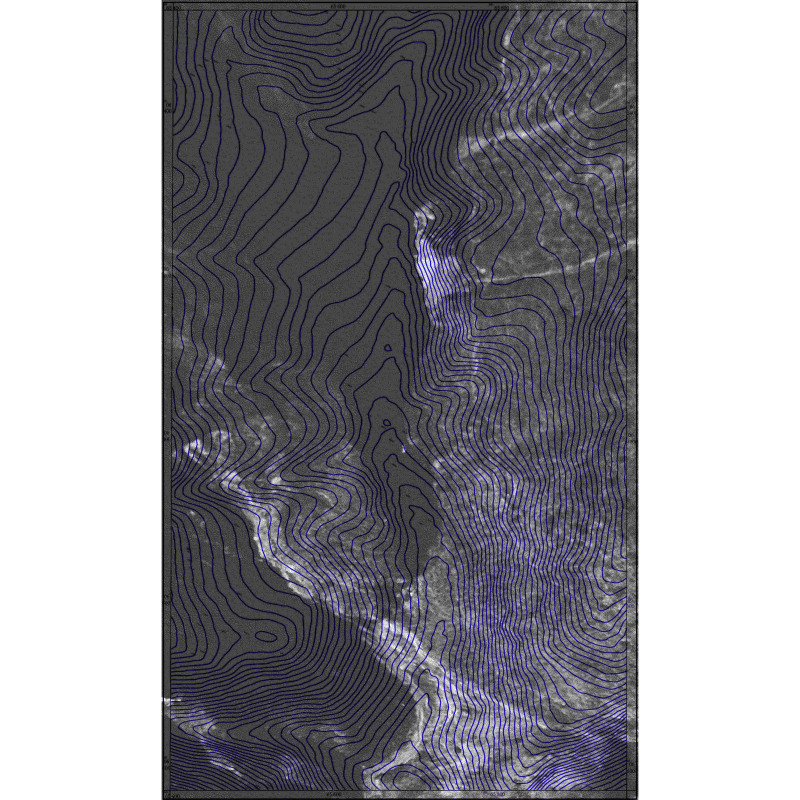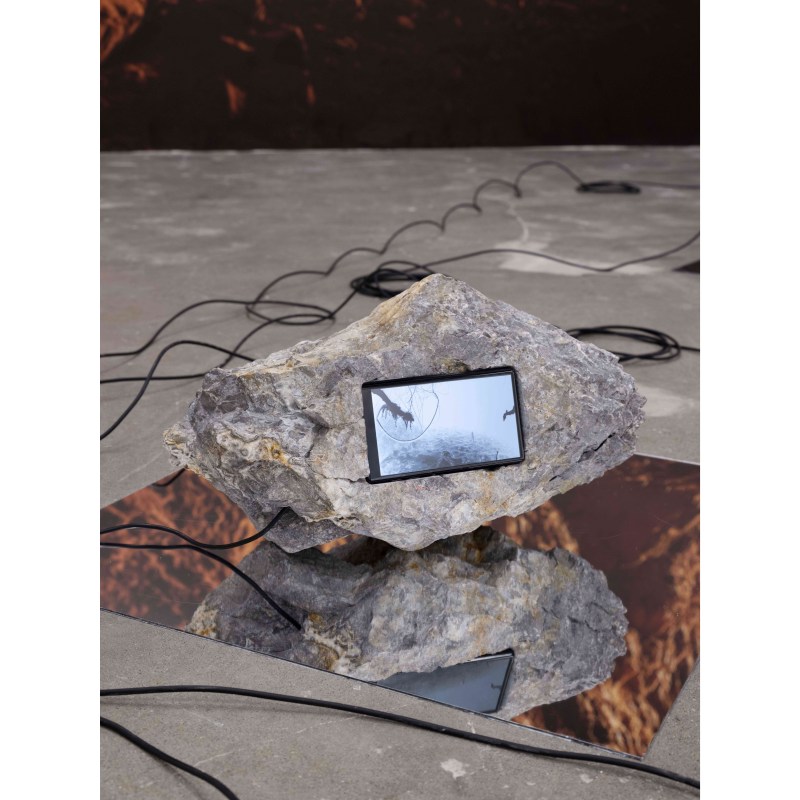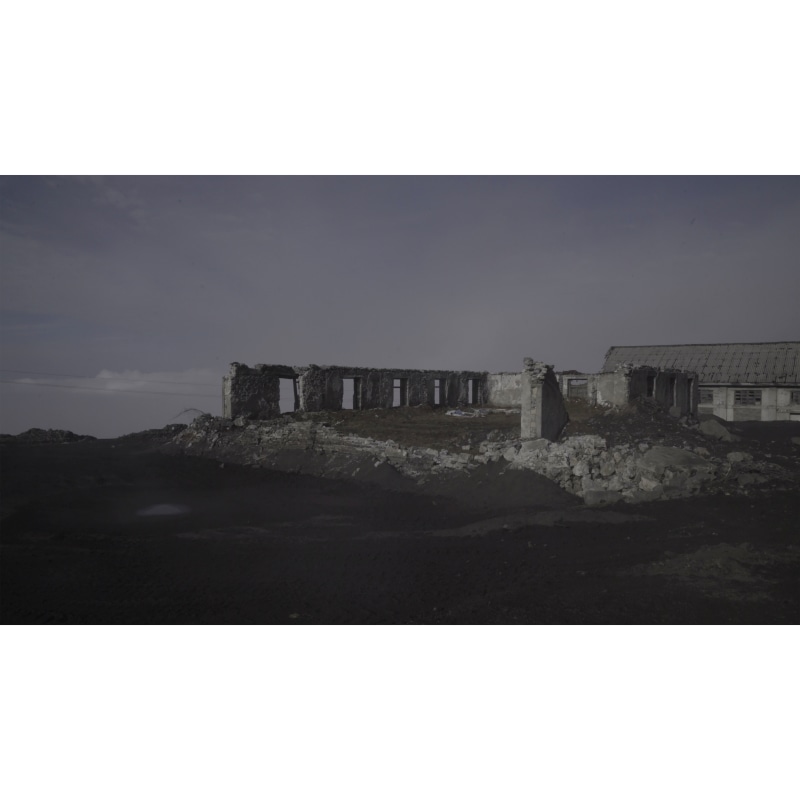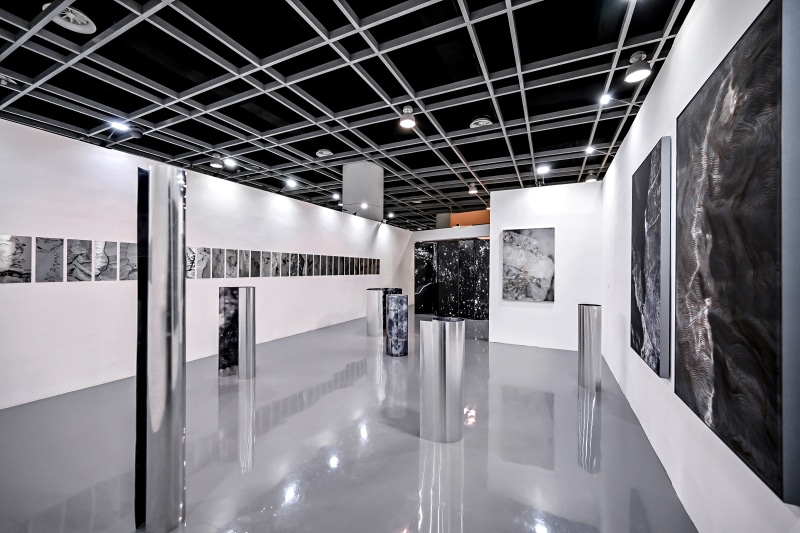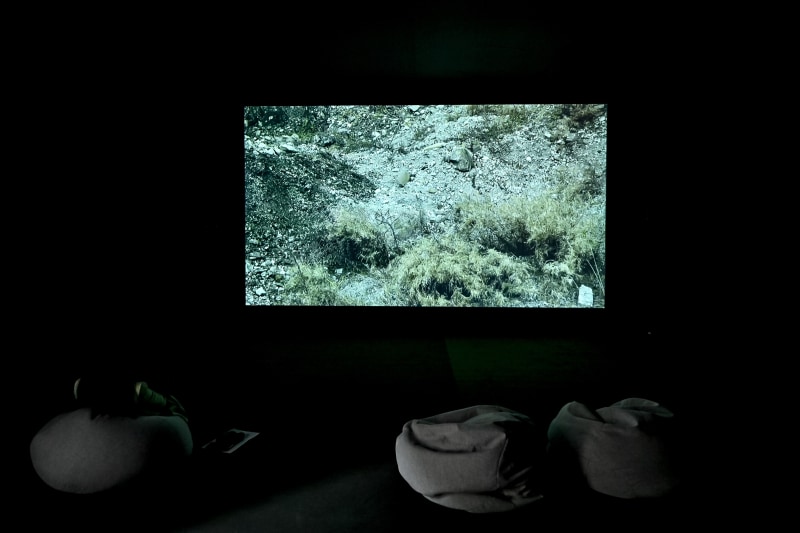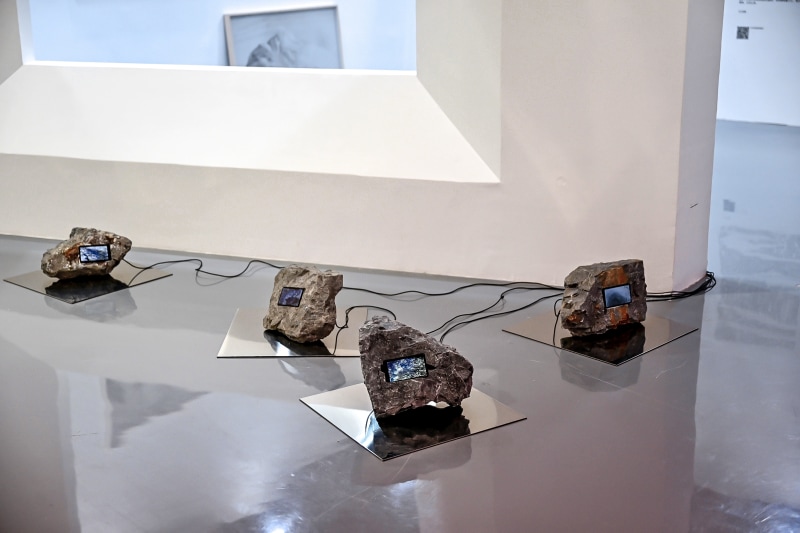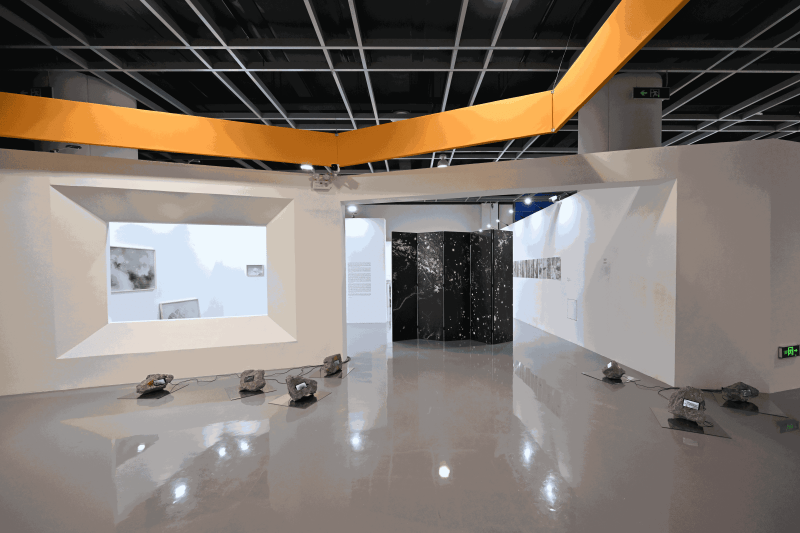CHEN XIAOYI
The Epoch of Rippling Hengduan Mountains: I am supposed to tell you some of the words I heard deep down in the sea
The greatest desire of human beings is the desire for time. We hope to extend the human lifespan, break through the barriers of time, know the past and predict the future. However, there is a "cruel" saying that time does not exist objectively, but only exists in the process of movement and changes of things. Time is only a physical quantity that human beings subjectively define and describe the degree of change according to the laws of material change. If so, what does time mean when we talk about mountains formed 65 million years ago?
Trying to measure this vast land in person is inevitably futile. Only from the texture of the ore, the echoes from the mountains, and the few words passed down by the mountain people from generation to generation, can we explore the secrets this land intends to tell. In Chen Xiaoyi's long-term project The Epoch of Rippling Hengduan Mountains: “I am supposed to tell you some of the words I heard deep down in the sea”, she focuses on the Hengduan Mountains, which span 400,000 square kilometres in southwest China, and captures the mines, tunnels, ores as well as the madness and desires of humans.
It is said that about 200 million years ago, the location of the Hengduan Mountains today was a vast ocean, which was called the Tethys Ocean after a sea goddess. Then earthquakes happened, the sea retreated, and the mountains gradually took on the appearance of the now Hengduan Mountains. Later humans migrated and settled here. In the film When Tethys Sea Retreats Westward, Leaving the Reverberation, the artist visited the Hengduan Mountains several times, focusing on the abandoned mining areas and jungles in the mountains. Amid the lofty mountains, there are beautiful lakes as well as incomplete roads, slanting telephone poles, abandoned houses, and dark and deep mines. Reckless modern people came, stayed, and failed, but still refuse to leave. In the voice-over of the film, an old man of the Ersu ethnicity used the dying language to tell an ancient fable about the white conch, which is evidence that the mountains and the sea have the same origin, and human beings and nature used to coexist peacefully. If the wind is not ruthless enough to take the stone off the cliff, it shows the goodwill of the mountains. Wilderness is the blessing and gift of the Hengduan Mountains.
In Palmistry of the Mountain, the artist raises the perspective to overlook the earth that has been shattered by the development of mining. The winding road continues to extend along the track of the mountain, and it also imprints another eye-catching pathway between the peaks and the valleys, like a wound in the palm. The artist collects these fragments to predict the future of the mountains and us. In A Star Atlas from Hengduan's Core, the artist elevates her perspective to a higher level. Using modern technical means combined with the research results of satellite positioning over many years, the artist transforms the activity of mining areas into different magnitudes. In these bright or dim "stars" correlated with mountains and rivers, we seem to see a hidden starry sky on the surface of the earth and below it. In Heartbeat, the artist reverses the above method by lowering her perspective infinitely close to the surface of the earth, to the dense forest and gravels. She secretly set up an infrared camera to capture the animals in the mountains and forests. They leap into our vision like cautious elves, showing us a parallel world that is vibrant but constantly shrinking because of human activities.
The artist asked, "Will the motionless earth ripple?" If we condense time and move it quickly, we may see the movement of the earth surging like waves. So, for us, what does time mean when we talk about mountains that were formed through 65 million years ago? Maybe the answer is that time is the perpetual awe of cause and effect.



